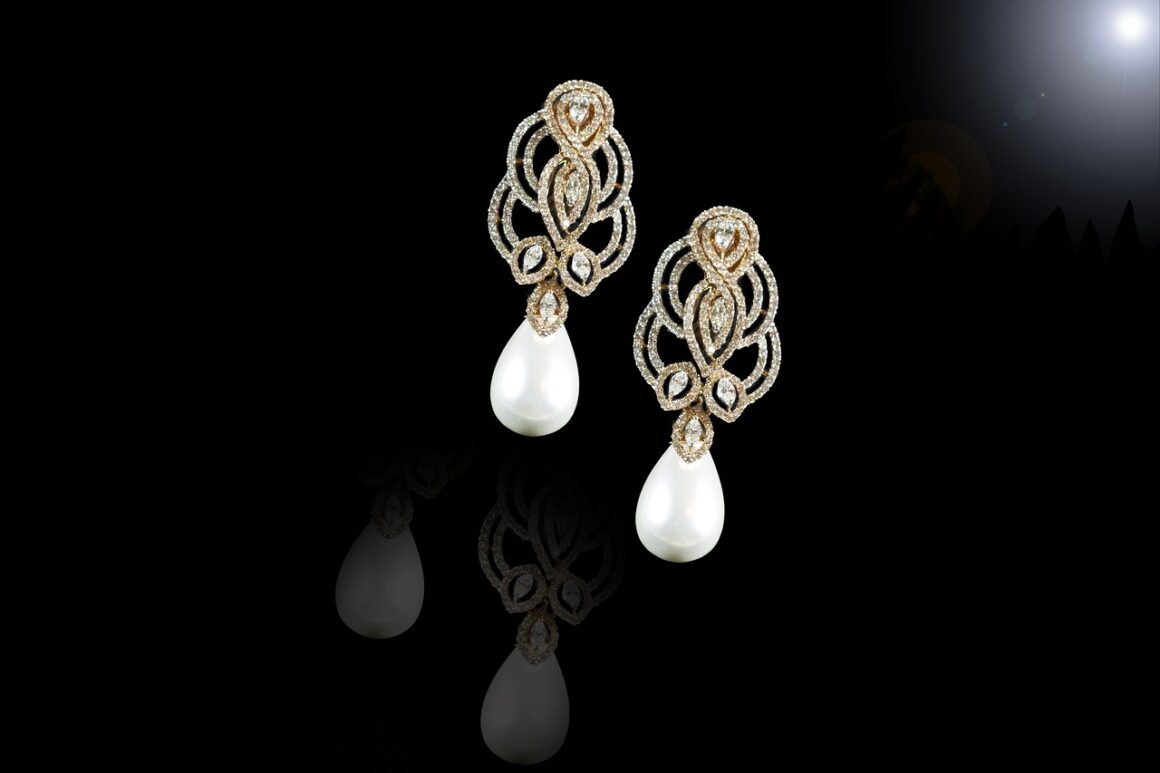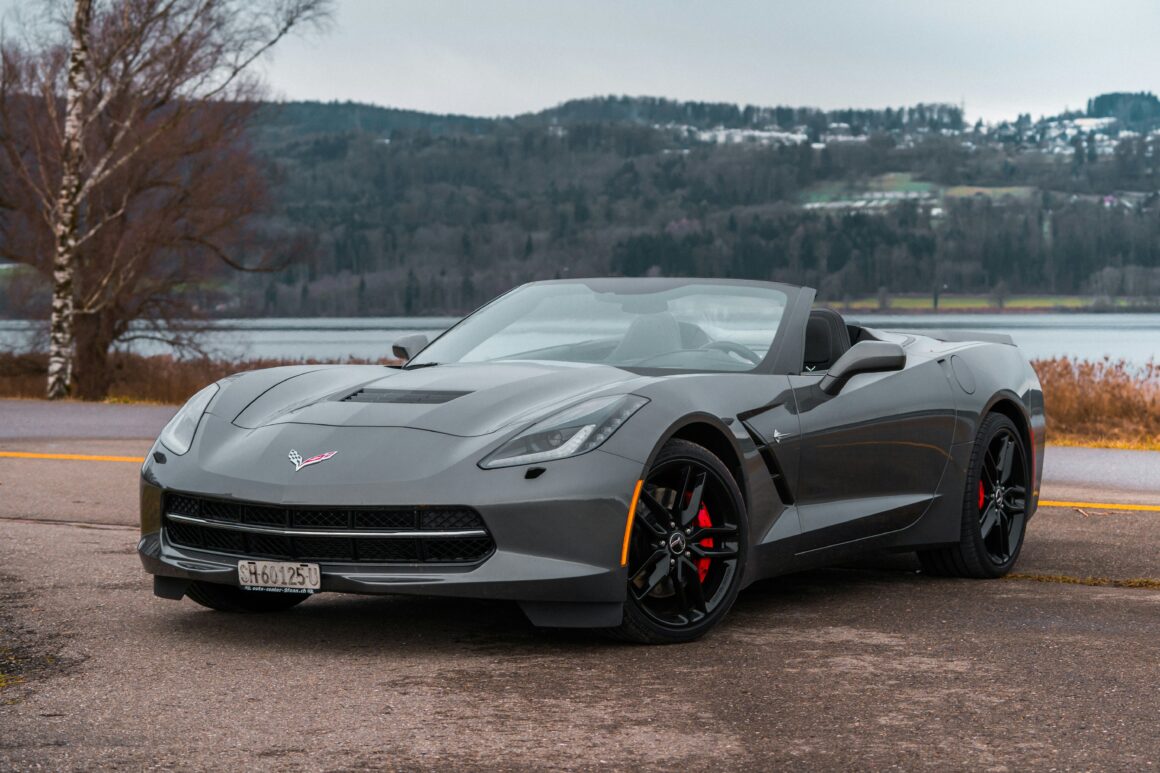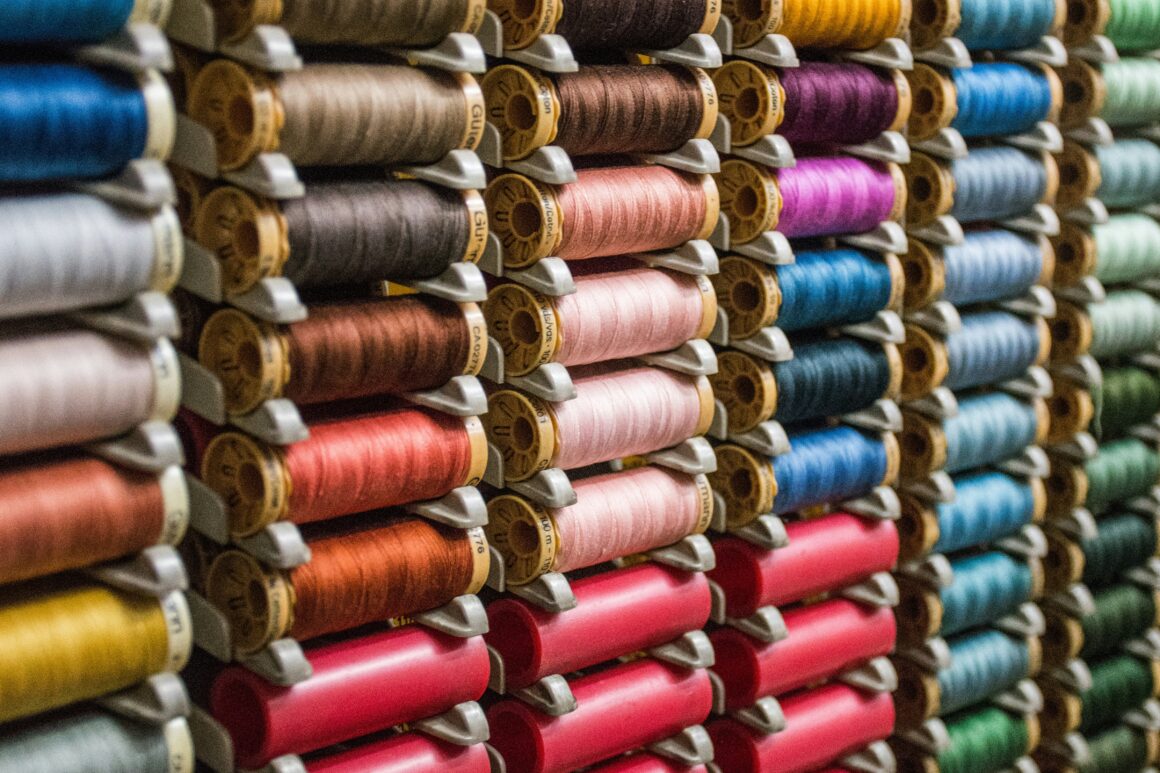
2012 was a good year for music. Fiona Apple finally dropped something, alt-J released their only exciting album, and the world had not yet suffered from the influx of The xx inspired photo edits (Coexist first saw the light of day in 2012). We had only briefly been acquainted with the super collective Odd Future, fronted by the explosive, unhinged Tyler the Creator, who brought the collective to mainstream audiences in 2011 after the music video for Yonkers had aroused backlash surrounding its exploitative and obscene nature (“Bitch, I ate one roach and I made a lot of money…”). The Odd Future collective had unified a number of diverse artists uniting under the same genre, one of them being the young Frank Ocean, a late member who had already been employed as a songwriter for a number of established artists (Beyoncé, Alicia Keys, Brandy).
In 2012, Frank Ocean dropped Channel Orange.
There is nothing to say about Frank Ocean that has not been said before. Frank Ocean is a complete enigma; with his music universally loved and recognized, he has received a wave of support and advocacy surrounding every project he has contributed to—whether it is releasing music under his own solo project, collaborating with other artists, or ghostwriting. Channel Orange, the album that projected Frank Ocean’s name to the mainstream market, has been completely immortalized in the music industry; Channel Orange is equal parts experimental (with Pyramids being Ocean’s own Human Sadness) and unconventional (instrumentation that sounds slightly submerged in water, as if you were listening to it half-sedated in a dental chair). Charting (and still charting) incredibly high on international album charts, the album was received by four Grammy nominations and astounding performances on high-profile live television broadcasts (Saturday Night Live, Late Night with Jimmy Fallon, and, inevitably, The Grammys).
As of July, Frank Ocean has not released a feature album in four years.
Thankfully, Frank Ocean’s reclusive hiatus has not aroused as much obnoxious anticipation as you think it would (contrary to the timeworn and never-ending banter about Leonardo Dicaprio’s lack of an Oscar that plagued the Internet for years), but the world has been waiting for a follow-up to Channel Orange since the last note of End rang out. There is reasoning behind his decision to forgo releasing full-length material too quickly after completing Channel Orange; it garners extreme attention (in tune with anticipation; do you realize how much Ocean has capitalized off of keeping his listeners at bay?) and generates interest, and it allows Ocean to spend as much time as he possibly can to churn out a quality album that overcomes the stigma associated with his first album (the cliche of a disappointing second album; second album syndrome, anyone?).
Frank Ocean does not owe anyone anything; we are all eager to hear what Frank Ocean has concocted and what he has translated into instrumentation, but there is a foolproof reason beyond tortuous motives behind the wait he has imposed on his listeners. The mainstream media has painted a specific image of Frank Ocean and his music in their heads, and they are expecting nothing but another glimpse into that mindset, the mindset they had learned to love, mourn, celebrate, and understand between the intro to Start and the final moments of End. The thing is—the gap that Ocean has instilled between the release of Channel Orange and Boys Don’t Cry, his alleged follow-up, guarantees that his sophomore album is not going to be the twin brother to Channel Orange. Ocean has changed within the four years that it has taken him to develop his new material; he has matured and come of age, he has loved and lost, he has mourned and moved on, just like the rest of us. Boys Don’t Cry is inevitably going to showcase a side of Frank Ocean that we have not been exposed to yet; a rawer, more sophisticated version of himself that he is confident enough to reveal to the public.
“Pulling a Frank Ocean” has become a vernacular phrase used just as frequently as Yoko Ono’d. Although translation is not needed, to “pull a Frank Ocean” is to do exactly what he is doing right now; dragging his audiences through a living hell of anticipation and suspense, choosing to scarcely release music in order to construct a spectacular release as a follow-up to a preceding critically-acclaimed album. Alongside Ocean himself, here are a few artists just as guilty of spending a little too much time honing their craft:
.jpg)
King Krule
King Krule’s debut album received the same amount of warm attention and acclaim that Channel Orange did, but perhaps in a smaller scale. Released in 2013, 6 Feet Beneath the Moon is the shyer brother of Channel Orange, retaining the same degree of gloom and indulgence hidden behind soft articulation, jazz derivatives, and low-input flanger pedals. Although Archy Marshall, the mastermind behind the moniker, has spent the time post-release developing a dark electronica album alongside his brother (and collaborating with Ocean, respectively), not much has been commented on his follow-up release.

Lorde
Lorde’s endeavor to the mainstream was unequivocal. The mainstream media completely devours artists that follow the same cookie-cutter pattern that has become foolproof within the past decades, and Lorde’s unusual, ubiquitous presence counteracts that expectation. Her career was not necessarily projected to be as widespread as it is now, and strange forces transformed her budding career in the alternative-music hemisphere into stardom. After releasing her debut album Pure Heroine in late 2013, she has spent time arranging film scores, collaborating with other artists, and being a normal teenager. Although dates, titles, or credits have not been released to the public yet, she has been in the studio for quite sometime.

Sky Ferreira
Sky Ferreira’s career has been an odd one. After establishing herself a solid role in the late 00’s Myspace-electronica music scene (Uffie, anyone?), she found herself signed to a major label and was tied under a new set of obligations and creative controls. From there, she experimented with her sound (from withdrawing her electropop EP As If! from iTunes and replacing it with the half-somber Ghost EP), toured with Vampire Weekend and Miley Cyrus, launched successful campaigns with Yves Saint Laurent and Vigoss, and had a highly-publicized run in with the police. Ferreira’s arrest completely altered her career; from there on, she lost several modelling contracts and faced issues with her label. Months later, Ferreira faced another wave of controversy over the album artwork of her debut album, Night Time, My Time, which featured a topless, vulnerable-looking Ferreira photographed by filmmaker Gaspar Noé. Aside from the controversy surrounding it, Ferreira’s album was well-received with accolades by the media, comparing the album’s structure and cohesiveness to Blondie and Suicide. Ferreira has been slaving herself away on Masochism, her sophomore release, for quite some time, continuing to work with producers Ariel Rechtshaid and Justin Raisen and her longtime collaborator Grant Singer.





Comments are closed.